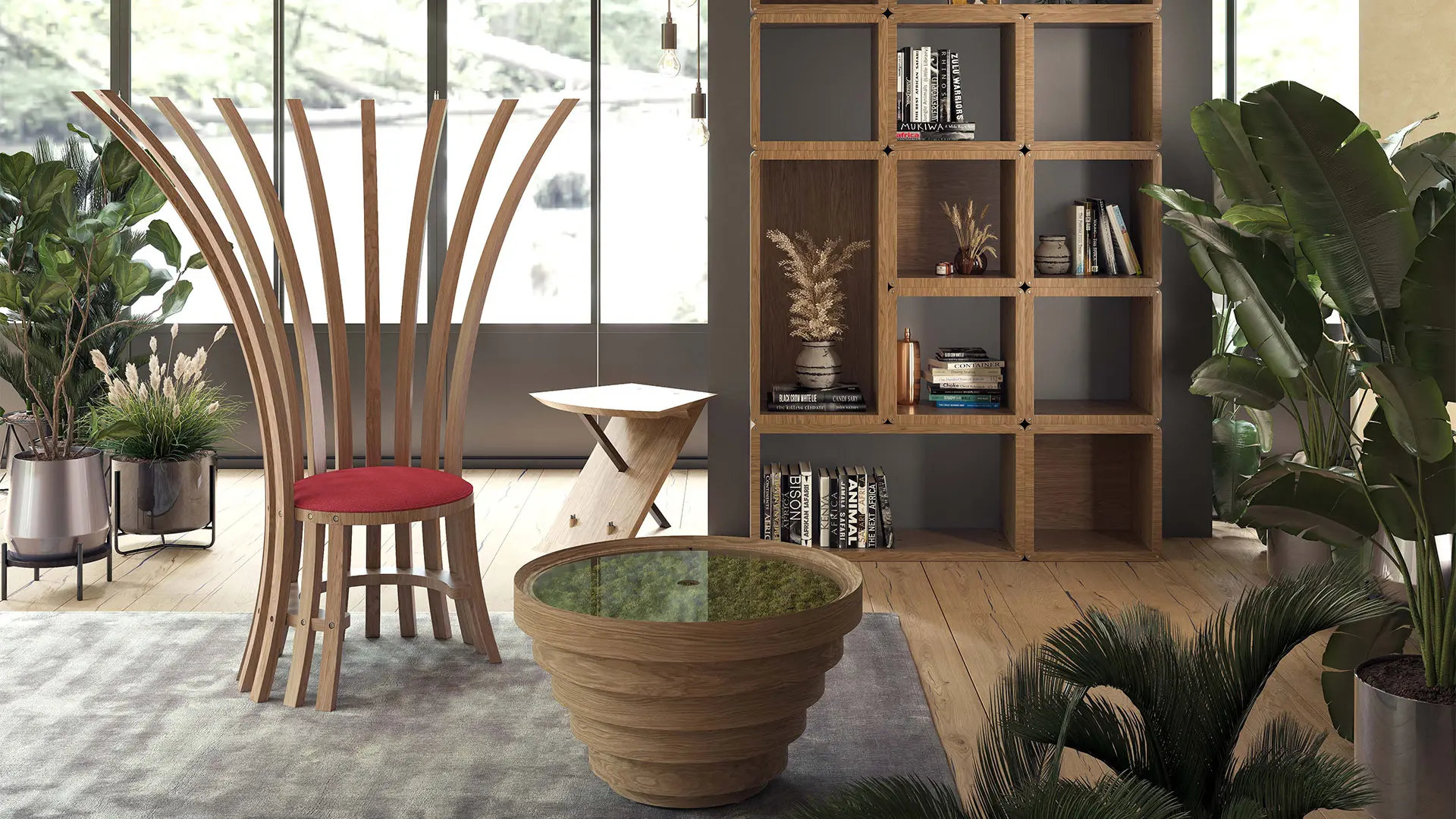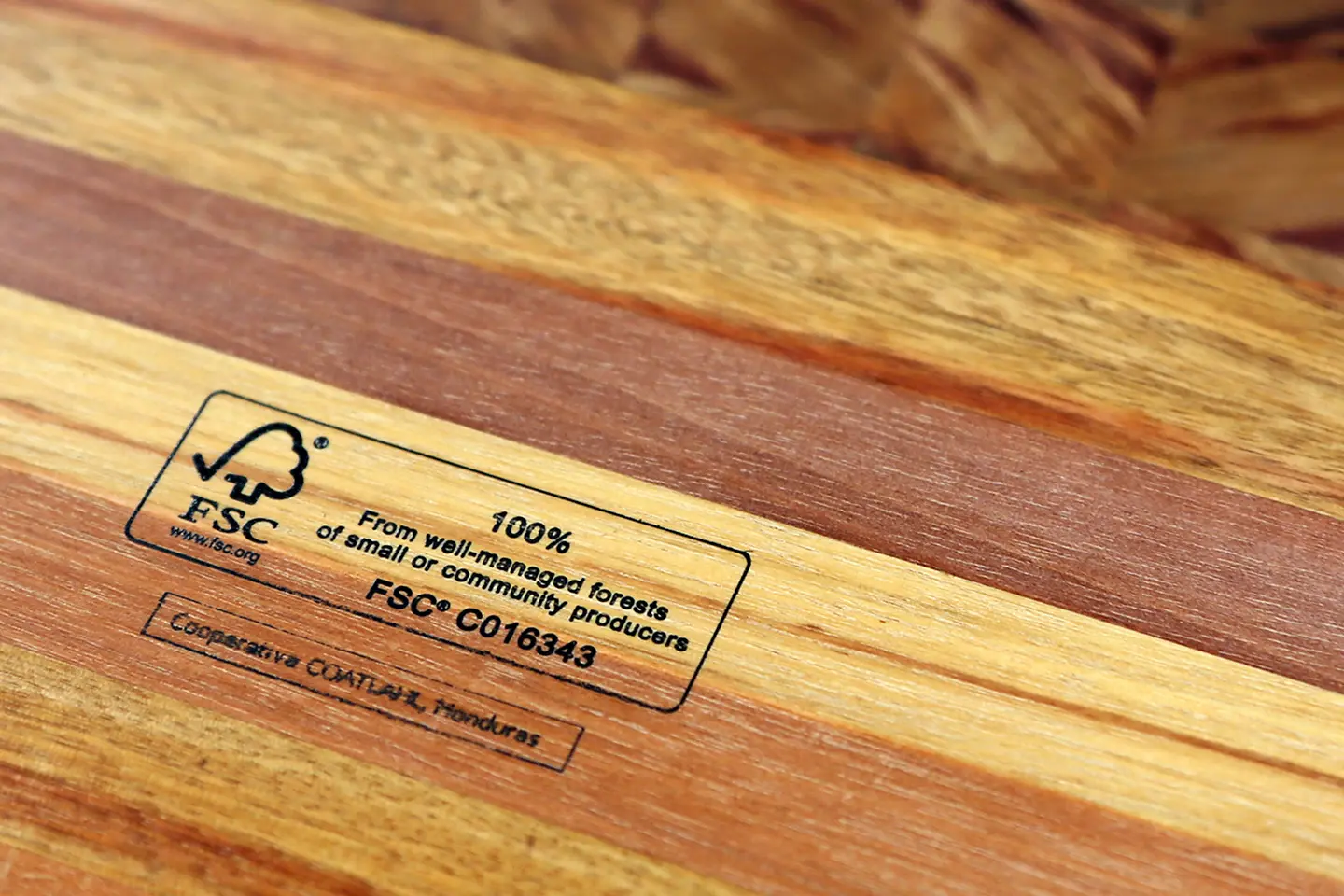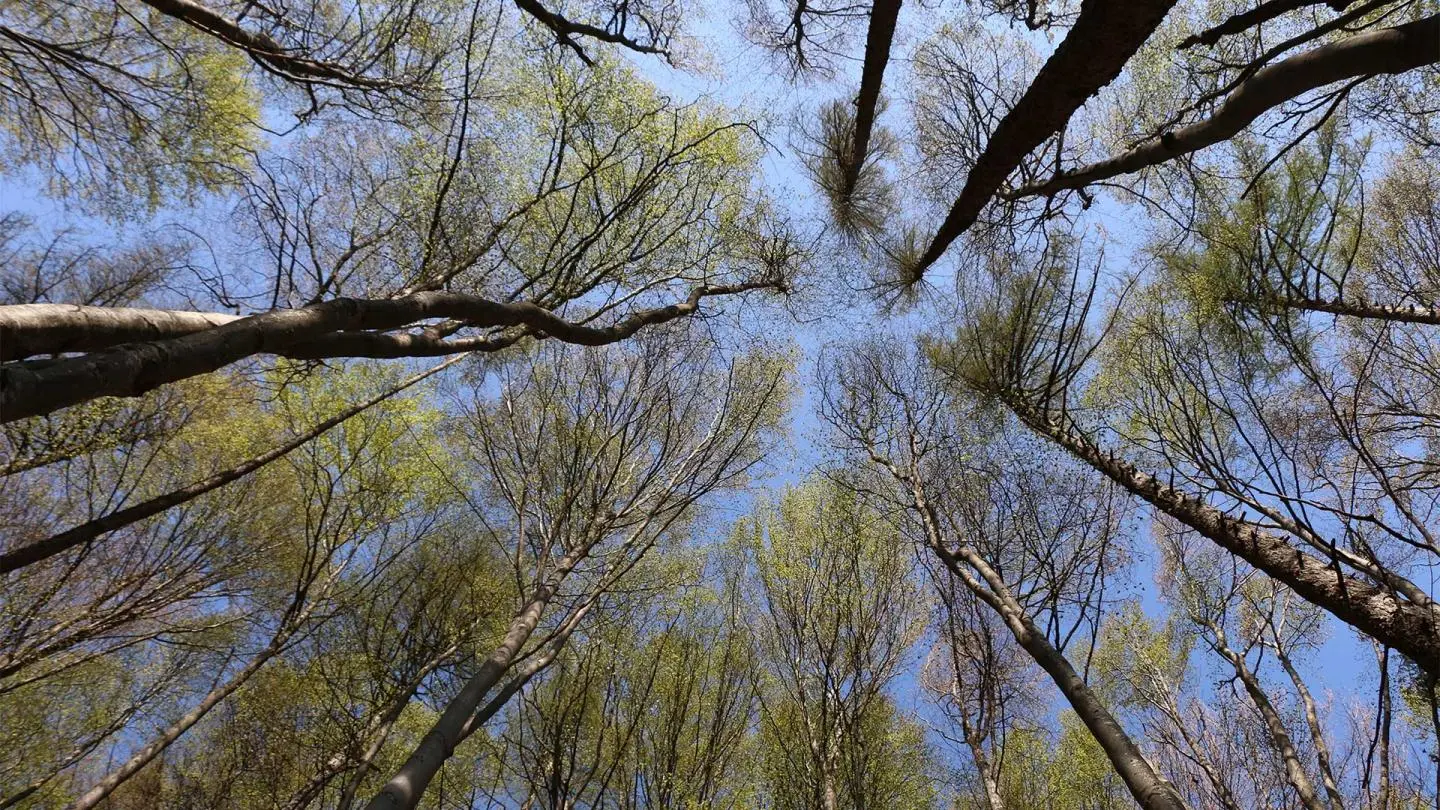From BIG to David Chipperfield, Frank Gehry to Snøhetta: a world tour of the best buildings set to open in 2026
What are forest certifications and how do they work?

Giorgio Caporaso, Forests are Home, 2022
Diego Florian, director of FSC® Italia, and Francesca Dini, head of promotion of PEFC Italia, tell us all about it
Whenever we speak of sustainability in the furniture sector, forest certification often comes up as well. But understanding in detail how the certification schemes of the wood supply chains operate and why their role is so important in major production systems is a rather complex matter. So we asked Diego Florian, director of FSC Italia, and Francesca Dini of PEFC Italia, to explain what these schemes do, how certifications work and what it means when we find one of their logos on a stand, an object, some packaging or a catalogue.

Courtesy FSC Italia
FSC
“The Forest Stewardship Council® was set up in 1994 to bring together producers, environmental groups and trade unions, a few years after the Rio de Janeiro summit had failed to decide on global policies to protect the forests,” says Diego Florian. “So our NGO created a mechanism for comparing ideas between environmental, social and economic interests whose ultimate purpose is to promote a system of virtuous forestry management, from the tree to the finished product. The quality of this management is verified according to standards shared by FSC at the international level that rest on three pillars:
- the resource must be able to generate income in the long term
- it must be managed without undermining the integrity of biodiversity, landscape, soil, etc.
- finally local communities and indigenous communities must benefit from its management. All these impacts must be verifiable and verified.
FSC then defines these rules, after which it entrusts a list of third-party certification bodies with verifying the standards with the forestry managers or timber processing industries. These bodies, in turn, if they want to operate on behalf of FSC, have to be accredited by a third party: ASI, Accreditation Service International.”
“The FSC standards are essentially two: the first concerns the field of forest management, or the commitments to responsibility (e.g. conservation of forest resources, biodiversity and natural services such as clean water and air) undertaken by the manager or owner of a forest, in addition to the legal requirements. The second helps trace the raw material once it leaves the forest, when it becomes available to be subsequently processed and/or marketed. To these is added a third, which regulates the use of the FSC brand and product labels that we find on many products we buy.
The forest stewardship standard is the one that is adapted most closely to the national context (the one for Italy, for example, is currently being revised), while the chain of custody and brand use standards are valid for all countries. In addition to its work monitoring certification, the work of the FSC's national offices focuses on promoting standards and training its internal staff responsible for monitoring certification or external consultants to support small and medium-sized enterprises in particular. Other activities that are very important to us are monitoring the use of the brand, taking action to prevent its abuse and maintaining the system’s integrity.”

Courtesy FSC Italia
FSC Italia and the furniture sector
“In addition to all this, our office supports special promotional projects, which may be sector-specific or committed to consumer education, with environmental bodies or supporting companies.
Obviously we could not fail to emgage with the furniture sector, one of the main pillars of made in Italy, with certified activities already a significant presence among companies, mostly with a purpose responsive to the market – to be able to participate in public tenders, to work in the contract sector in the United Kingdom, to respond to particularly sensitive customers, etc. These companies are often reluctant to promote FSC and its commitment to sustainability. So we’ve devoted resources to understanding why, to get a clear picture of this situation and to bring other brands closer to certification through targeted interviews with companies, marketing and communication support courses, and competitions like the FSC Furniture Awards, founded as an Italian initiative and now open to all European countries.
“We saw a breakthrough in the sector at the 2022 edition of the Salone del Mobile.Milano, when many companies used FSC certification as a value to be promoted. Stosa Cucine, for instance, organized an event at its stand with some influencers to speak about their line of certified kitchens. Roda recorded an interview on certification and outdoor wooden furniture. Calligaris organized some events focused on FSC certification, and also Foppapedretti – for which the element to be communicated has always been the quality of the product and the tradition of made in Italy – last year presented itself by starting from the FSC. In this way we’ve discovered a new interest that is emerging from brands in the sector in using FSC's images and values, not just as a technical requirement for sustainability, but also as a value that accompanies their products.”

Giorgio Caporaso, Forests are Home, 2022
PEFC
“PEFC is a standards body present worldwide, a non-profit organization initially created to protect small producers in Northern Europe and for this reason called Pan European Forest Certification. Then, with the entry of Australia and the United States into the program, it has become truly present worldwide today and has become the Program for the Endorsement of Forest Certification,” explains Francesca Dini, who is active in promoting the PEFC. “Our aim is to protect forests sustainably for the present and future, including in the protection all the components of the supply chain, both wood and non-wood materials: construction timber, poles, furniture, panels, objects, furnishing accessories, eyeglasses, sunglasses, fashion elements, buckles, bag handles, the paper supply chain, nonwoven fabrics, diapers, absorbent paper and all other uses of cellulose such as yarns – viscose, tencel and modal, extracted from cellulose by chemical processes. Alongside all these products there are the supply chains of non-wood forest products – cork, natural rubber, honey, mushrooms, truffles and berries, products of forestry origin that can also be certified.”
“So PEFC writes the rules that forests, plantations and the processing chains have to comply with to obtain certification. These rules are then embodied by the manager in a certification manual, which describes the management procedures of the areas in line with the requirements of the indicators of the PEFC certification standards, subsequently verified by an external third party. These certification bodies are in turn controlled by Accredia. The supply chains where we are most present are wood and paper and we collaborate with newspapers, journals or publishers that print books and magazines.”
PEFC Italia and the furniture sector
“Furniture and furnishing complements are fields we started concentrating on in 2021 when a dedicated campaign, Forests are Home, was created internationally. The PEFC sustainable furniture campaign has been promoted to date in 15 countries, representing over 51 million hectares of certified forests and thousands of designers, manufacturers and retailers of furniture worldwide. In Italy, the campaign was presented for the first time in Milan in June 2022. At that event we presented our collaboration with the designer Giorgio Caporaso and launched the call to action to invite designers and companies in the sector to create products and furnishings using certified raw materials, wood mainly but also cellulose materials, such as paper, cardboard, fibers for textiles, etc. The collection imagined by Caporaso has been configured as a sustainable ‘living room’ made from certified oak wood, consisting of two seats flanked by a coffee table, a stool and a modular bookcase.”


 Markets
Markets








